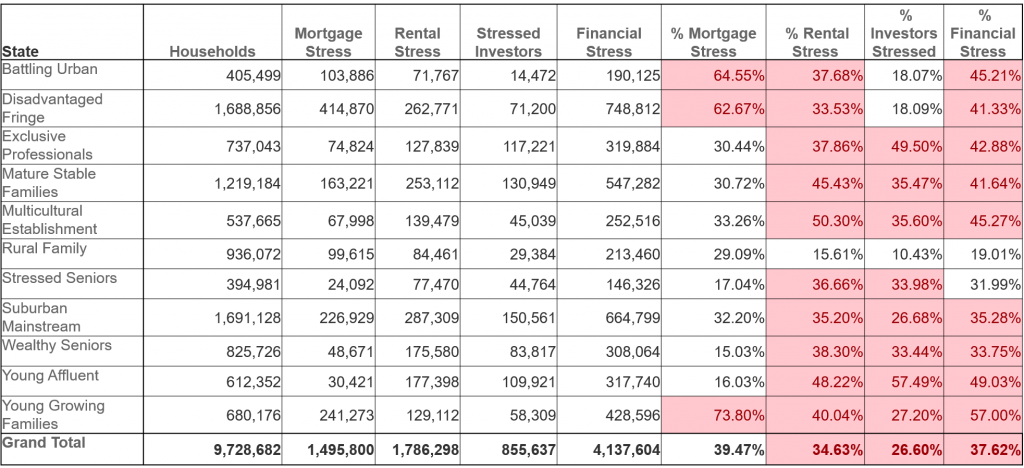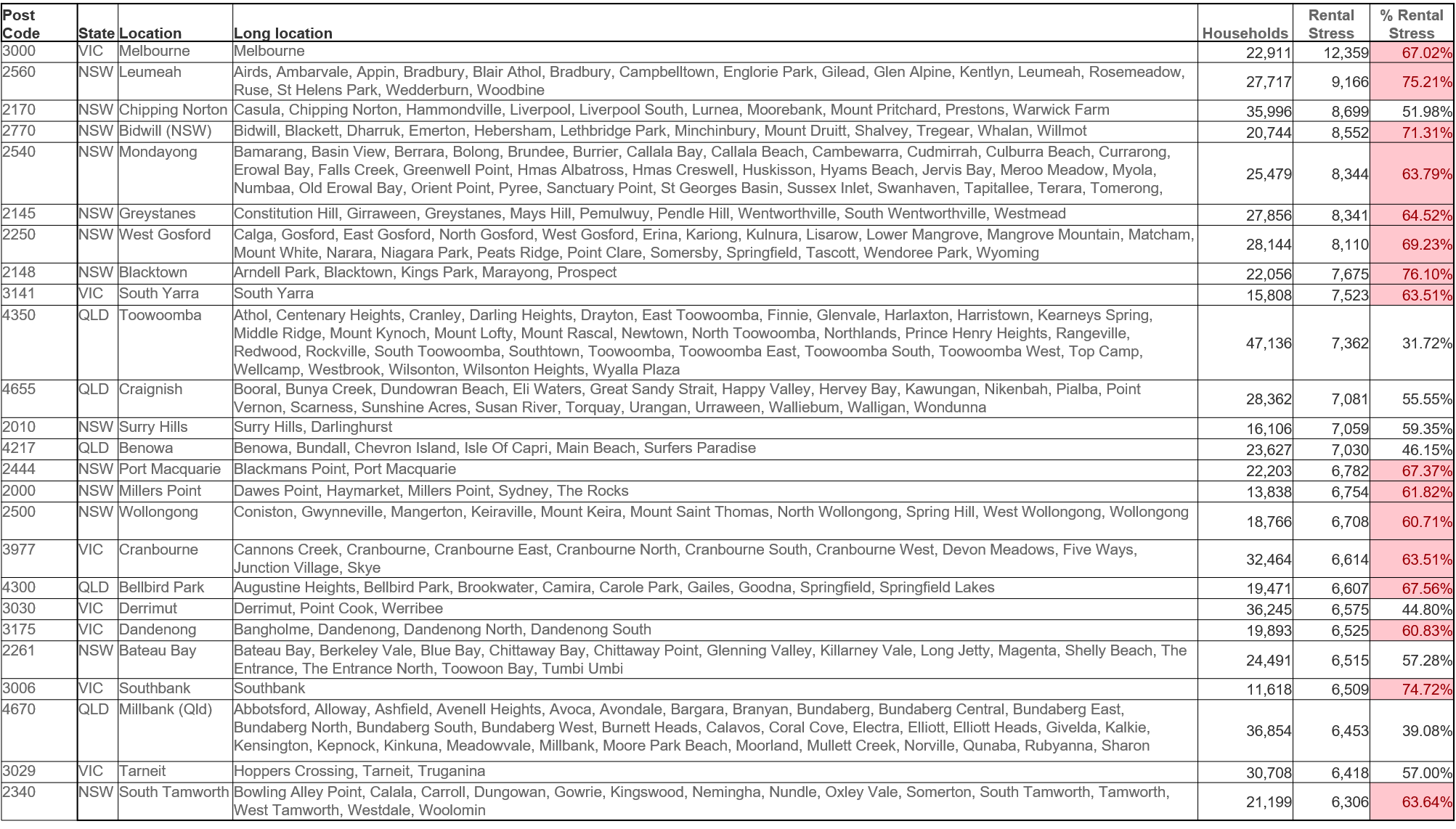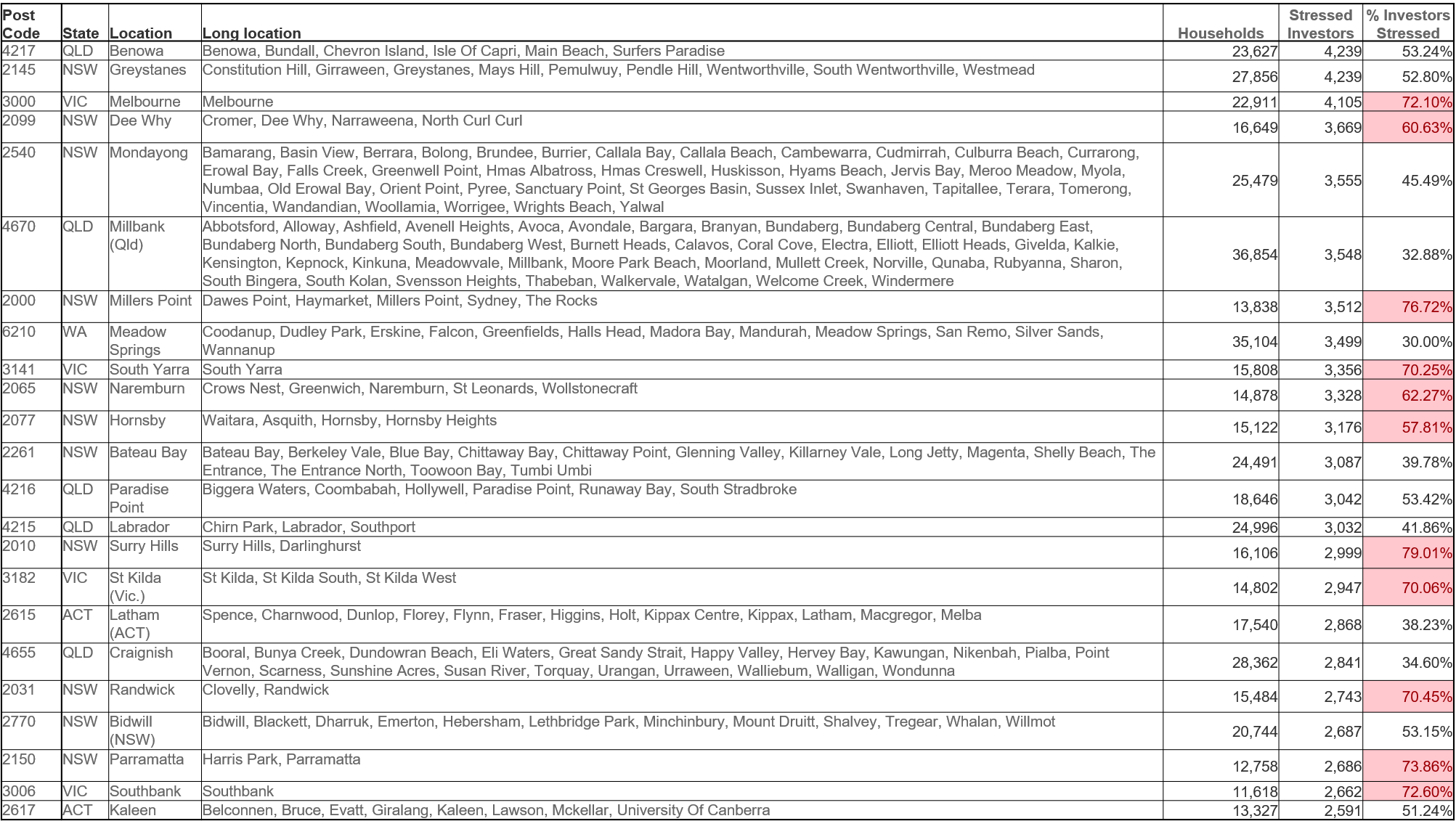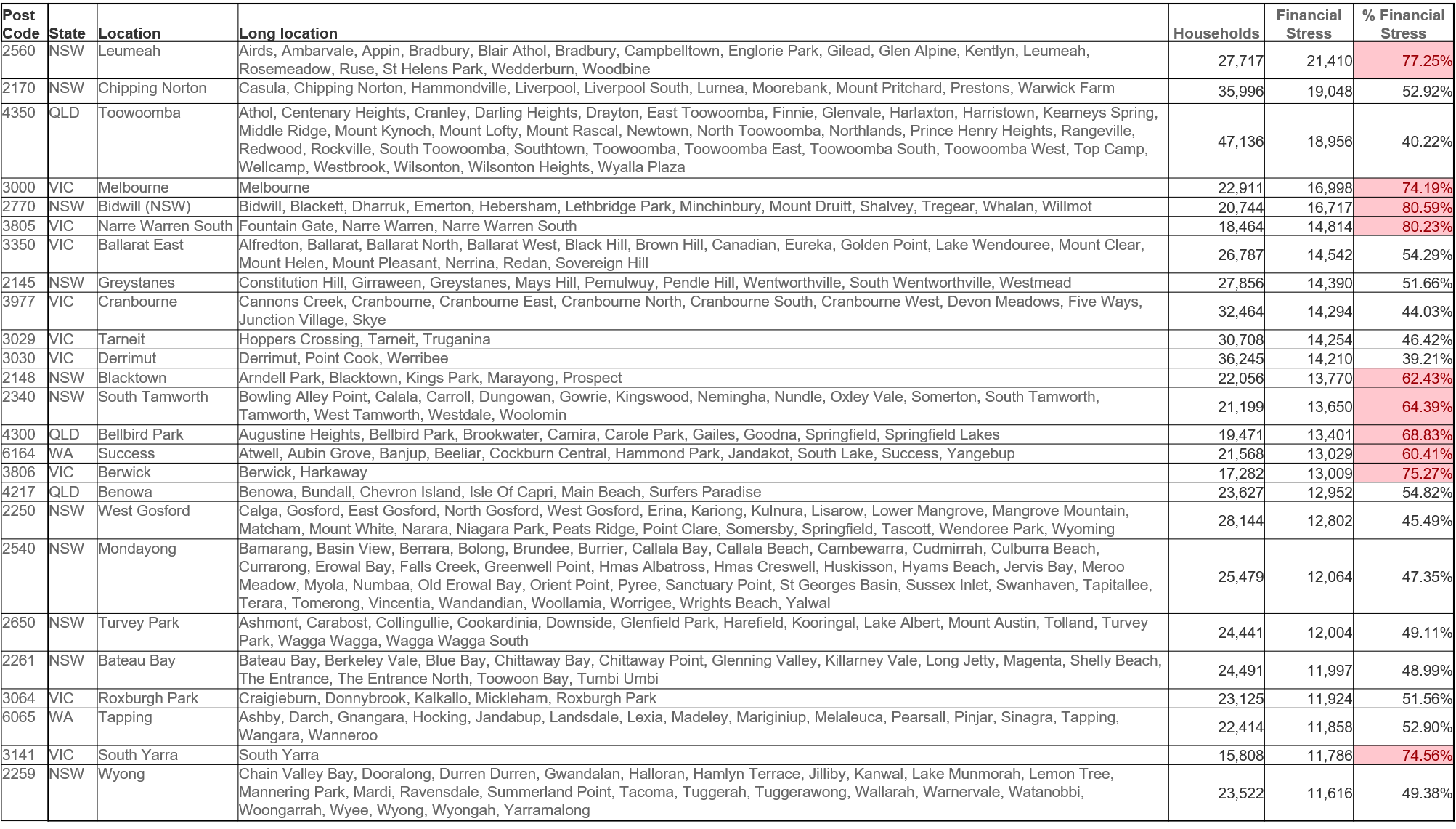The latest results from our household surveys reveals that by the end of January 2021, overall levels of mortgage stress dropped below 40%, to 39.5% – still well above the level prior to the virus hitting.

This is a consequence of lower mortgage rates following the RBA cash rate cuts, liquidity support and quantitative easing, plus less impact from the virus on lock-downs and employment. That said, whilst many households have grown their savings buffers, a considerable number remain close to the edge, in cash-flow terms. More than 1.4 million mortgaged households remain under pressure
Across the states, mortgage stress fell significantly in VIC, but remains highest in TAS. Rental stress is still elevated, with NSW and ACT having the most significant issues, while property investor stress in also highest in ACT and NSW, thanks to falling returns from rents, and rising vacancy rates in some areas. As a result many property investors are considering selling into the autumn market rise.

Levels of stress vary across our household segments, with many living on the urban fringe in the high-growth corridors still under pressure. A considerable number of more affluent households, often holding multiple investment properties are also under pressure. Young Growing Families, which include many First Time Buyers remain stretched, with overall Financial Stress (an aggregate of mortgage, rental and investor stress) are the most stressed.

Looking at specific post codes – mortgage stress is highest (by count of households) in Narre Warren 3805, Cambelltown (2560) and Tapping/Wanneroo (6065). All high growth corridors.

Rental stress is highest in central Melbourne (3000), Cambelltown (2560) and Liverpool (2170). Much of the pressure is from high-rise occupants, as well as in the high growth corridors.

Property investor stress is highest in Surfers Paradise (4217) where tourism is well down, Central Melbourne (3000) and Northern Beaches (2099).

Finally, overall financial stress, our aggregate measure is highest in Cambelltown (2560), Liverpool (2170), Toowoomba (4350) and Central Melbourne (3000).

We discussed this data in detail on our live show last night.
We also updated our scenarios, reflecting the more positive economic news – though retain alternatives where the virus remains less contained. The path of the virus, and its control is clearly directly linked with economic performance and the trajectory of mortgage stress, and home prices ahead.

